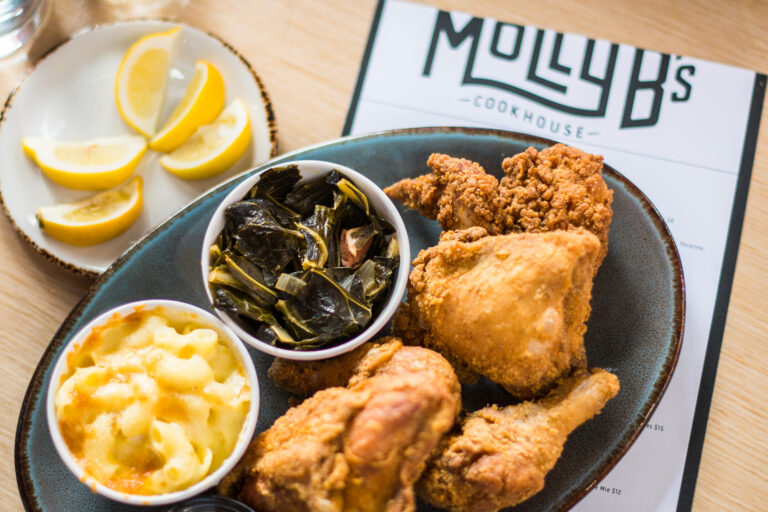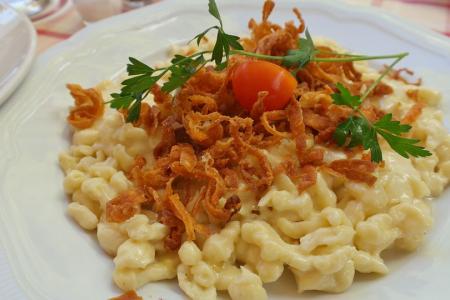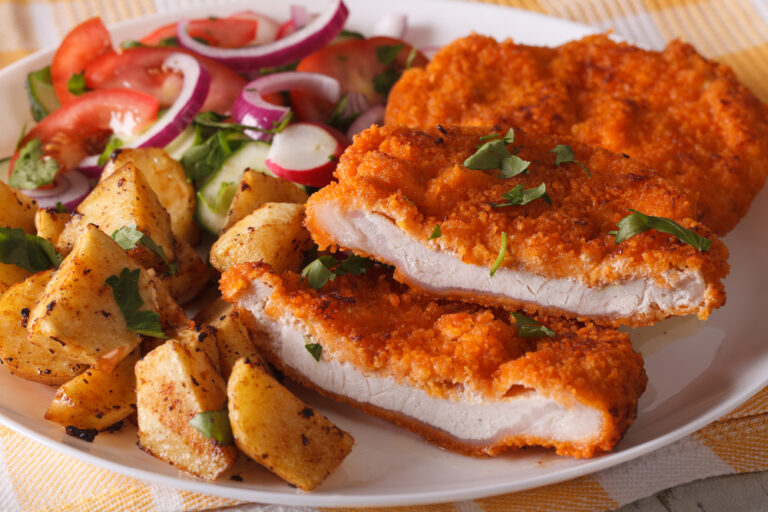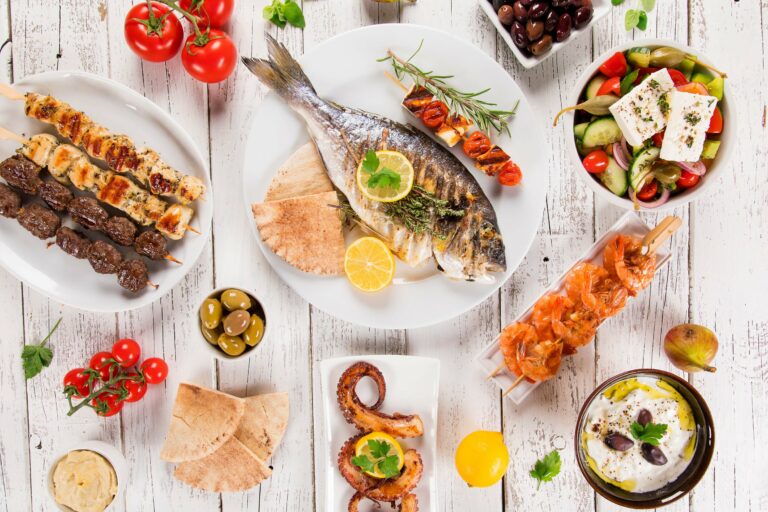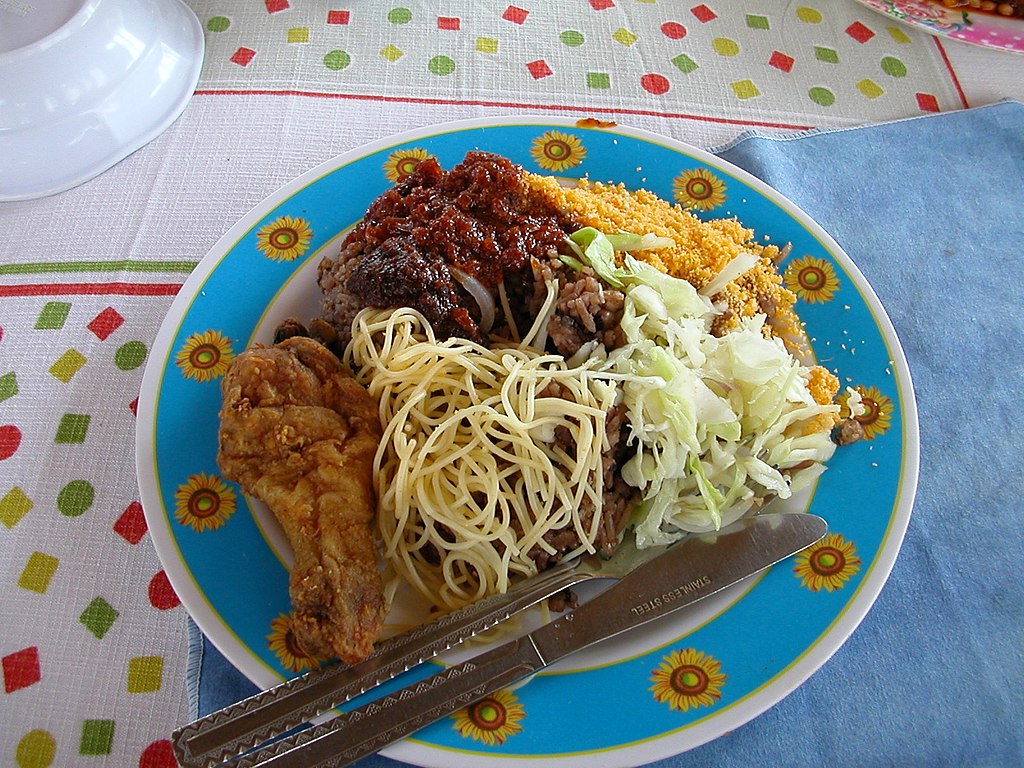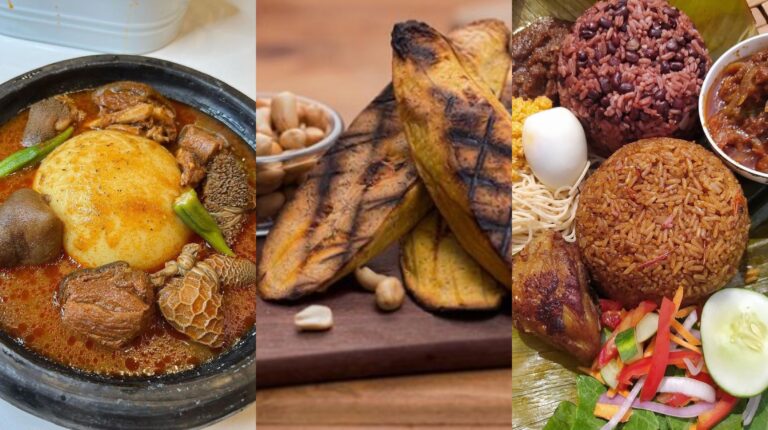Introduction: Gabonese cuisine and nyembwe sauce
Gabonese cuisine is a unique blend of African, European, and Asian influences. It primarily features ingredients like cassava, plantains, yams, and rice, along with various meats and fish. However, one ingredient that stands out in Gabonese cuisine is nyembwe sauce. It is a versatile and flavourful sauce that is an integral part of many Gabonese dishes.
What is nyembwe sauce made of?
Nyembwe sauce is made using palm nut oil, also known as red palm oil, as its base. The oil is heated and mixed with finely chopped onions, garlic, tomatoes, and spices like ginger, cumin, and coriander. To this mixture, sometimes dried fish or smoked meat is added, which gives the sauce its rich and savoury umami flavour. The sauce is then simmered for several hours until it has reached the desired consistency.
A brief history of nyembwe sauce
Nyembwe sauce has been a part of Gabonese cuisine for centuries. It originated in the coastal regions of Gabon, where palm nut trees are abundant. The sauce was traditionally made by the Mitsogo people of Gabon and was used as a condiment to enhance the flavour of their staple dish, fufu. Over time, the sauce has gained popularity throughout Gabon and is now a staple in many households.
Nyembwe sauce in Gabonese culture
Nyembwe sauce is not just a condiment but has cultural significance in Gabonese culture. It is often served during special occasions, like weddings, funerals, and celebrations. The sauce is also used in traditional rituals, where it is believed to have healing and protective powers.
Nyembwe sauce and its significance in Gabonese cuisine
Nyembwe sauce is a vital ingredient in Gabonese cuisine. It adds depth of flavour to various dishes like stews, soups, and rice dishes. The sauce’s rich and savoury taste, along with its unique spicy notes, make it a must-try for anyone exploring Gabonese cuisine. Nyembwe sauce is also a source of essential nutrients like Vitamin A and E, making it a healthier alternative to other condiments.
Conclusion: Why nyembwe sauce is a must-try in Gabonese cuisine
In conclusion, nyembwe sauce is an essential and flavourful ingredient in Gabonese cuisine. Its cultural significance and nutritional value make it even more important in Gabonese culture. Anyone trying Gabonese cuisine must indulge in the rich and savoury goodness of nyembwe sauce.




